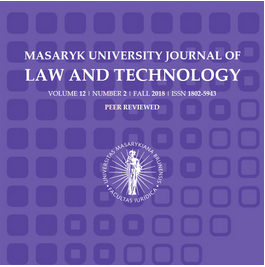Teaching Contemporary History to High School Students: the Augmented Learning Environment of Czechoslovakia 38-89
Teaching Contemporary History to High School Students: the Augmented Learning Environment of Czechoslovakia 38-89
Author(s): Vít Šisler, Tereza Selmbacherová, Jaroslav Pinkas, Cyril BromSubject(s): Education, Recent History (1900 till today), School education, History of Education, History of Communism, Sociology of Education
Published by: Masarykova univerzita nakladatelství
Keywords: Educational Simulations; Digital Game-based Learning; Czechoslovakia 38-89; Augmented Learning Environment; History Education;
Summary/Abstract: This paper discusses the experimental implementation of a complex educational simulation, Czechoslovakia 38-89, in Czech high schools. The primary aim of this paper is to investigate the acceptance of Czechoslovakia 38-89 by teachers and students as a teaching tool for history education. We examine whether the simulation was successfully integrated into the formal schooling system and, if this was the case, what properties of the simulation contributed most to this success. We have used the theoretical framework of the Augmented Learning Environment (ALE) in the design and implementation of Czechoslovakia 38-89. The formulation of ALE stems from our previous research and has been so far used for the design and implementation of a different educational simulation, dealing with different content and knowledge domains. Therefore, the secondary aim of this paper is to investigate the usability of ALE as a design framework in a new context, i.e. contemporary history education. Thirteen high school and primary school classes evaluated the Czechoslovakia 38-89 prototype in autumn 2013. Nine teachers (5 males, 4 females) overall took part in the evaluation and we received 562 feedback questionnaires from students. The evaluation’s key results show that students perceive the simulation to be attractive both in the in-school and out-of-school contexts. For teachers, it is a learning tool that fulfills its educational goals and motivates students to learn about Czech contemporary history. Finally, ALE has proven as a useful theoretical framework for design and implementation of the simulation, indicating its possible further usability in different contexts and knowledge domains.
Journal: Masaryk University Journal of Law and Technology
- Issue Year: 8/2014
- Issue No: 1
- Page Range: 99-122
- Page Count: 24
- Language: English

